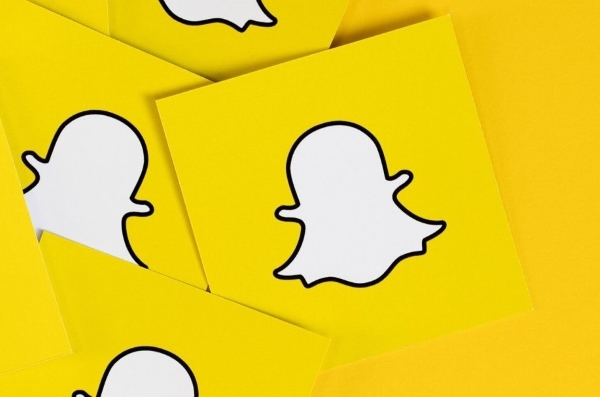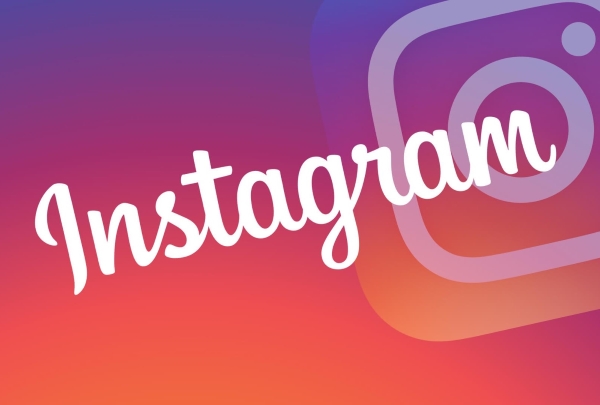Traditional email is anything but cloud based. The type of email program you probably have installed on your PC uses a protocol called the Post Office Protocol (POP). POP email requires the use of a dedicated email client program, such as Microsoft Outlook or Outlook Express, and—at the ISP level—email servers to send and receive messages.
The problem with traditional POP email is that you’re tied to the client program installed on your PC. The messages you receive are stored on that PC, and you usually can’t access them when you’re traveling or away from that PC. There are none of the “anytime, anywhere” advantages you’re used to with cloud-based services.
Fortunately, there is a better way to manage your email—in the form of web-based email services, also known as web mail or HTTP email. Unlike traditional POP email, web mail can be accessed from any PC using any web browser, and all your messages are stored on the web, not locally. It’s just like a cloud service; no special software required. This lets you retrieve and manage your email when you’re out of the office or on the road.
Not only is web mail more versatile than traditional POP email, it’s also easier to set up. All you need to know is your user ID and password, and then you access a page that lets you view the contents of your inbox, read and reply to messages, create new messages, and (in many cases) store messages in folders. You can even, on some services, use your web mail account to access your ISP’s POP email.
Gmail
Google’s web mail service is called Gmail (mail.google.com). Gmail is free, it lets you send and receive email from any web browser, and the interface even looks similar to its competitors, as you can see in Figure 1.
Figure 1. The Gmail inbox.
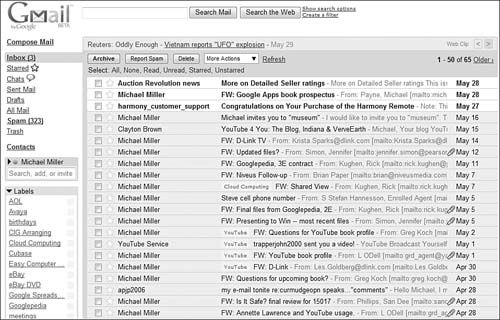
But Gmail offers a few unique features that set it apart from the web-based email crowd. First, Gmail doesn’t use folders. That’s right, with Gmail you can’t organize your mail into folders, as you can with the other services. Instead, Gmail pushes the search paradigm as the way to find the messages you want—not a surprise, given Google’s search-centric business model.
Gmail does, however, let you “tag” each message with one or more labels. This has the effect of creating virtual folders, as you can search and sort your messages by any of their labels.
In addition, Gmail groups together related email messages in what Google calls conversations. A conversation might be an initial message and all the replies (and replies to replies) to that message; a conversation might also be all the daily emails from a single source that have a common subject, such as messages from subscribed-to mailing lists.
Like most of the other services we discuss here, Gmail is a free service; all you have to do is sign up for an account. Of course, if you already have an account for any other Google service, that account can serve as your Gmail account. When you sign up for your Gmail account, you get assigned your email address (in the form of name@gmail.com) and you get access to the Gmail inbox page. As of June 2008, Gmail offered 6GB of storage for users.
Yahoo! Mail
Yahoo! Mail (mail.yahoo.com) is another web mail service, provided by the popular Yahoo! search site. The basic Yahoo! Mail is free and can be accessed from any PC, using any web browser. Yahoo! also offers a paid service called Yahoo! Mail Plus that lets you send larger messages and offers offline access to your messages via POP email clients.
Whether you use the free or the paid version, Yahoo! Mail gives you unlimited storage—which means you can effectively use Yahoo! Mail as an online backup or file-storage system. All you have to do is email yourself those files you want to store, and then place those messages (with attachments) in your designated storage folder.
As you can see in Figure 2, the Yahoo! Mail interface is more functional than that offered by Gmail. It also offers traditional folder-based organization. You get a message pane and a reading pane, just as you do with Microsoft Outlook. Yahoo! also offers users the SpamGuard spam filter and Norton AntiVirus virus scanner.
Figure 2. Previewing messages with Yahoo! Mail.
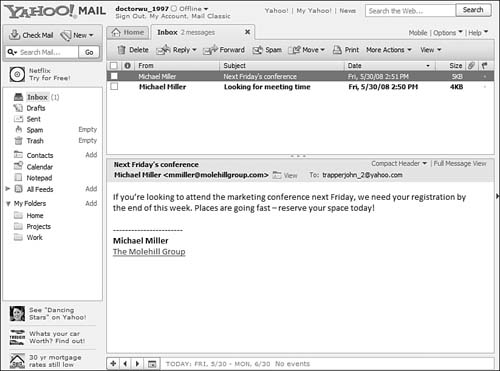
Windows Live Hotmail
Hotmail was one of the first web-based email services, and it’s still one of the largest. But it’s not called “Hotmail” anymore; Microsoft has moved it into its Windows Live suite of online services and now calls it Windows Live Hotmail.
Note
Hotmail started life (in 1996) as an independent company, but was acquired by software behemoth Microsoft in 1997.
Like most web mail services, Hotmail (we’re going to call it by its old, shorter name) can be accessed from any web browser on any PC anywhere in the world, for free. Microsoft gives you 5GB of storage, not quite as much as you get with Gmail (6GB) or Yahoo! Mail (unlimited).
As you can see in Figure 3, the new Windows Live Hotmail interface is as snazzy as they come. You have your folder pane on the left, message page in the middle, and reading pane on the right. The new Hotmail also integrates with your Windows Live contacts and calendar, as well as other Windows Live services.
Figure 3. The new Windows Live Hotmail interface.
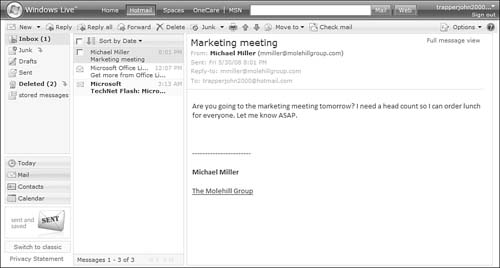
Apple MobileMe Mail
As part of its MobileMe suite of applications, Apple offers MobileMe Mail (www.me.com). What makes MobileMe Mail unique is that it’s not limited to just computer users; you can also send and receive emails from your Apple iPhone or iPod touch, via Wi-Fi Internet or cellular network.
MobileMe Mail is a web-based service that can also be accessed with your existing Mac or Windows-based email program, including Outlook, Outlook Express, and Windows Mail. It has its own native interface on the iPhone and iPod touch.
Unlike the other webmail services discussed here, MobileMe Mail isn’t free. It’s part of the MobileMe suite of applications, which costs $99 per year. (But you do get a really cool .me email address!)
OtherWeb Mail Services
Gmail, Yahoo! Mail, and Windows Live Hotmail are the three largest web mail services (and MobileMe Mail promises to be a competitor), but there are literally hundreds more. Besides these big providers, there are dozens of independent web mail services, plus a plethora of topic-specific websites that offer (among other content and services) their own branded HTTP email. In addition, just about every cloud service provider, such as Zoho, offers web mail as part of its suite; web mail is also part of most web-based desktops.
So if you’re looking for a web mail service and don’t want to go with one of the big three, here’s a short list of some of the other major providers to check out:
-
AOL Mail (mail.aol.com)
-
BigString (www.bigstring.com)
-
Excite Mail (mail.excite.com)
-
FlashMail (www.flashmail.com)
-
GMX Mail (www.gmx.com)
-
Lycos Mail (mail.lycos.com)
-
Zoho Mail (zoho.mail.com)


